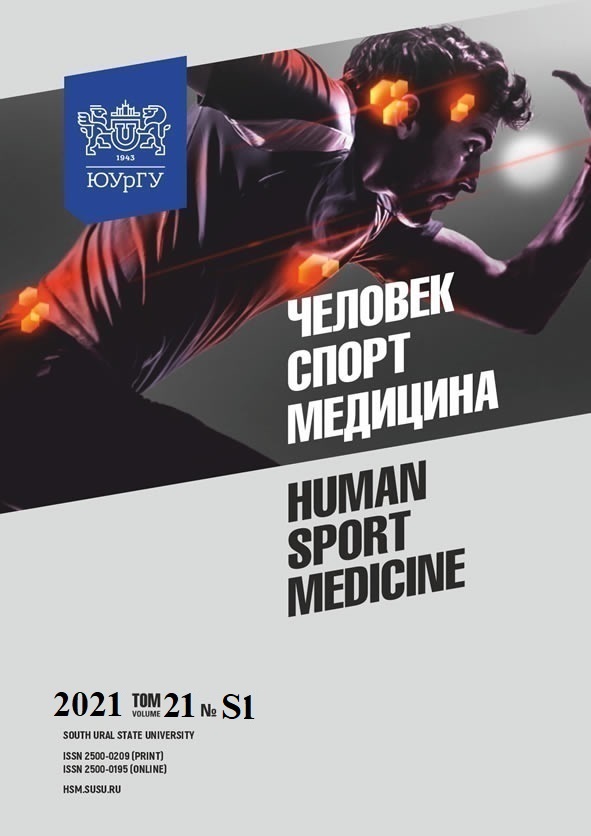FEATURES OF PHYSICAL REHABILITATION OF VOLLEYBALL PLAYERS WITH PATELLAR TENDINITIS
Abstract
Aim. The article aims to develop an effective program of physical rehabilitation for reducing the time of temporary disability in volleyball players with patellar tendonitis. Materials and methods. 24 volleyball players (Candidates for Master of Sports, Master of Sports of International Class) participated in the study. Assessment of the kinematic and dynamic parameters of the motor function of the injured knee joint was carried out before the experiment and at the end of the rehabilitation period and included anthropometric studies, myotonometry of the quadriceps femoris of the injured limb, and pain assessment using a 100-point visual analogue scale (VAS). The rehabilitation program for volleyball players with patellar tendonitis implied a comprehensive approach based on isometric, dynamic, kinesiology, proprioceptive and plyometric exercises aimed at developing mobility of the knee joint and the application of kinesiotaping. Results. The obtained results proved the high efficiency of the integrated approach, which includes various physical exercises depending on the features of the morphological and functional processes in the knee joint and quadriceps in different periods of the rehabilitation of volleyball players after patellar tendonitis. Conclusion. The obtained results prove the high efficiency of the program developed for the physical rehabilitation of volleyball players with patellar tendonitis, which allows the athlete to quickly return to training sessions.
References
References on translit
Copyright (c) 2021 Human. Sport. Medicine

This work is licensed under a Creative Commons Attribution-NonCommercial-NoDerivatives 4.0 International License.















